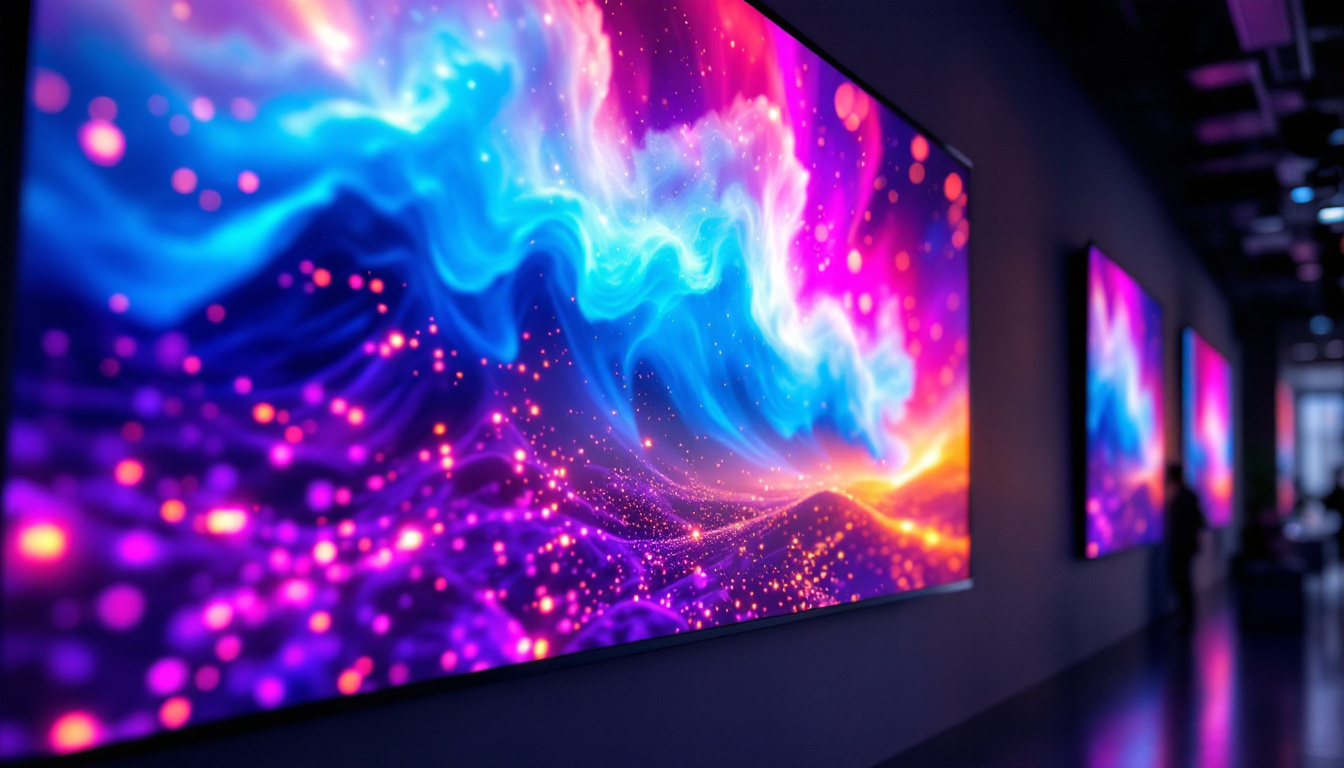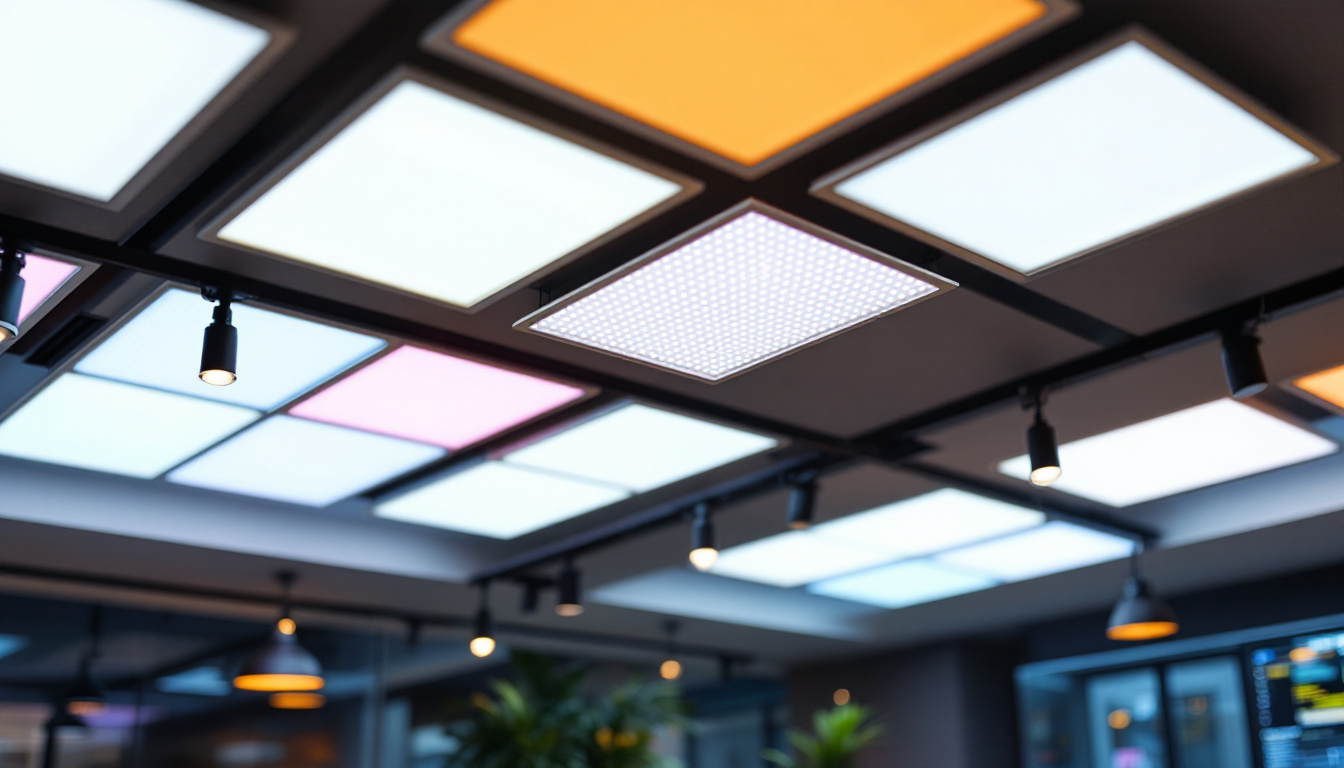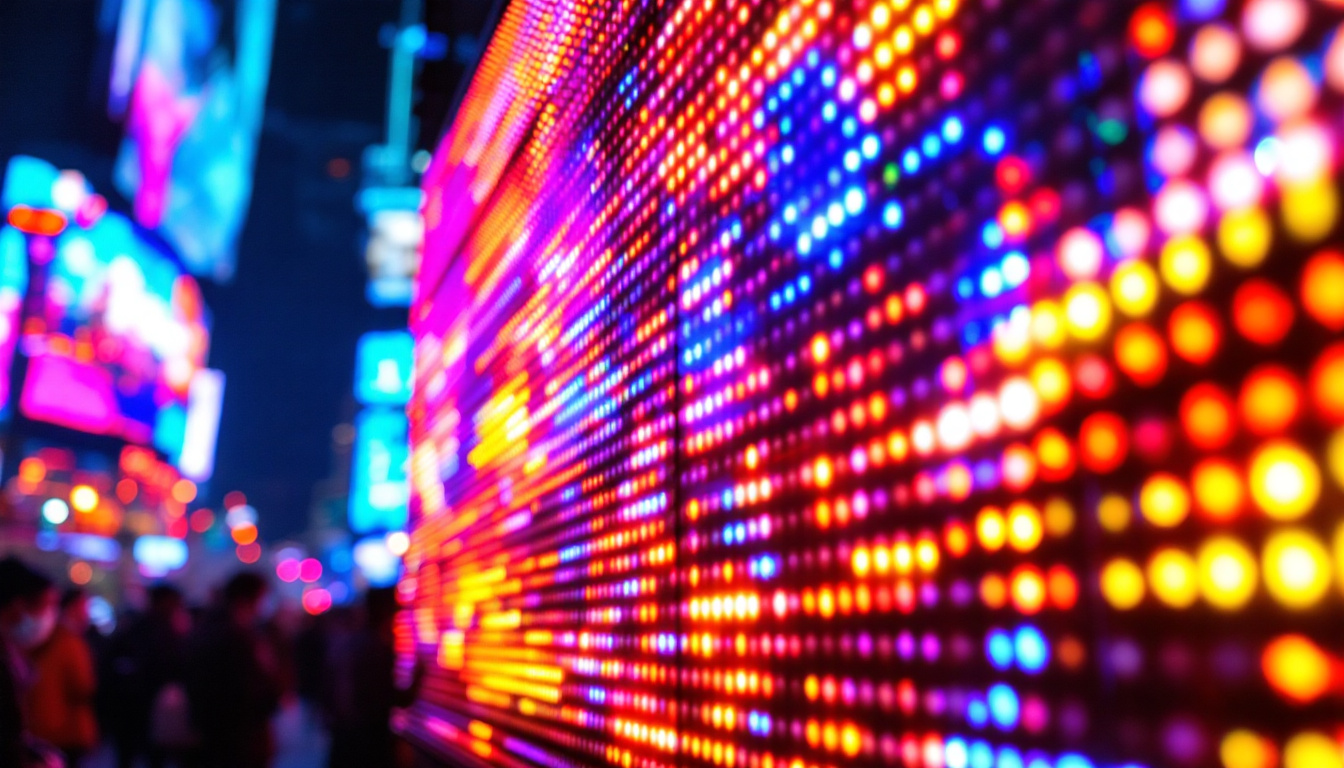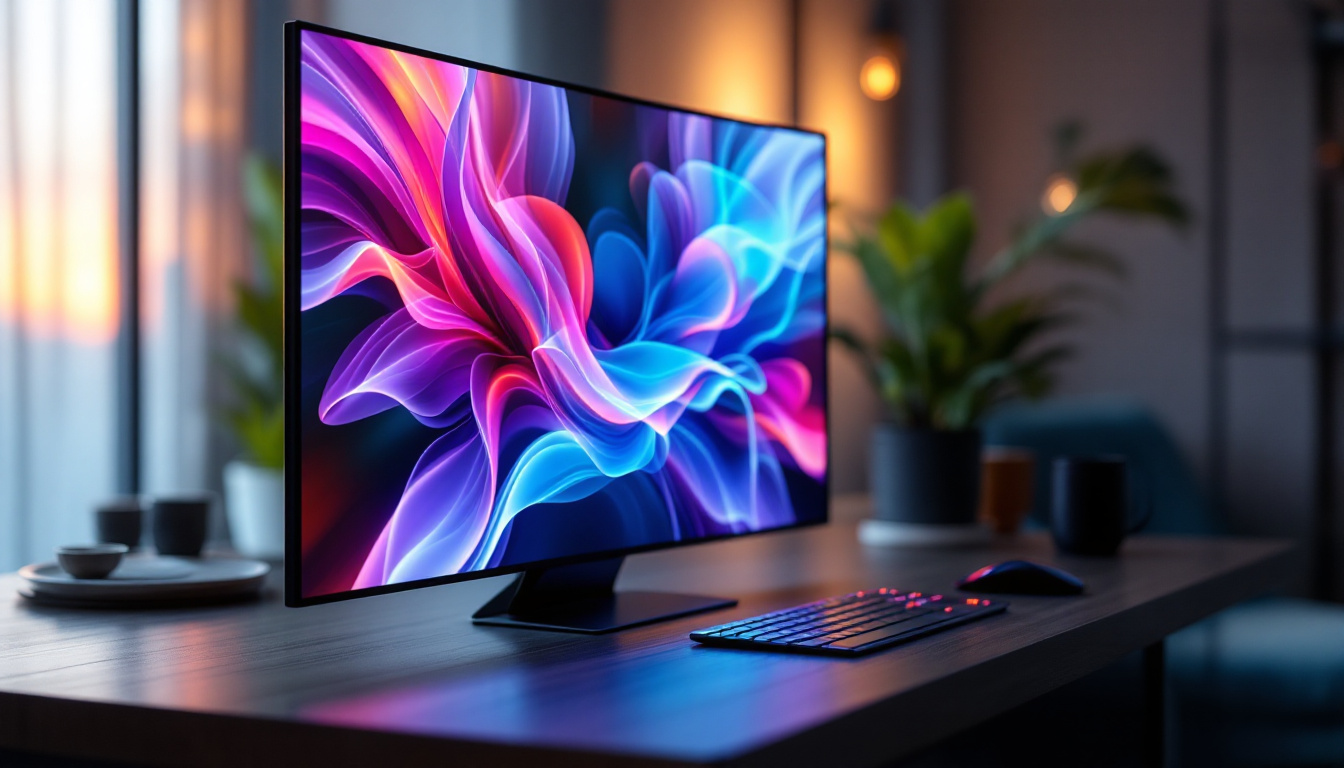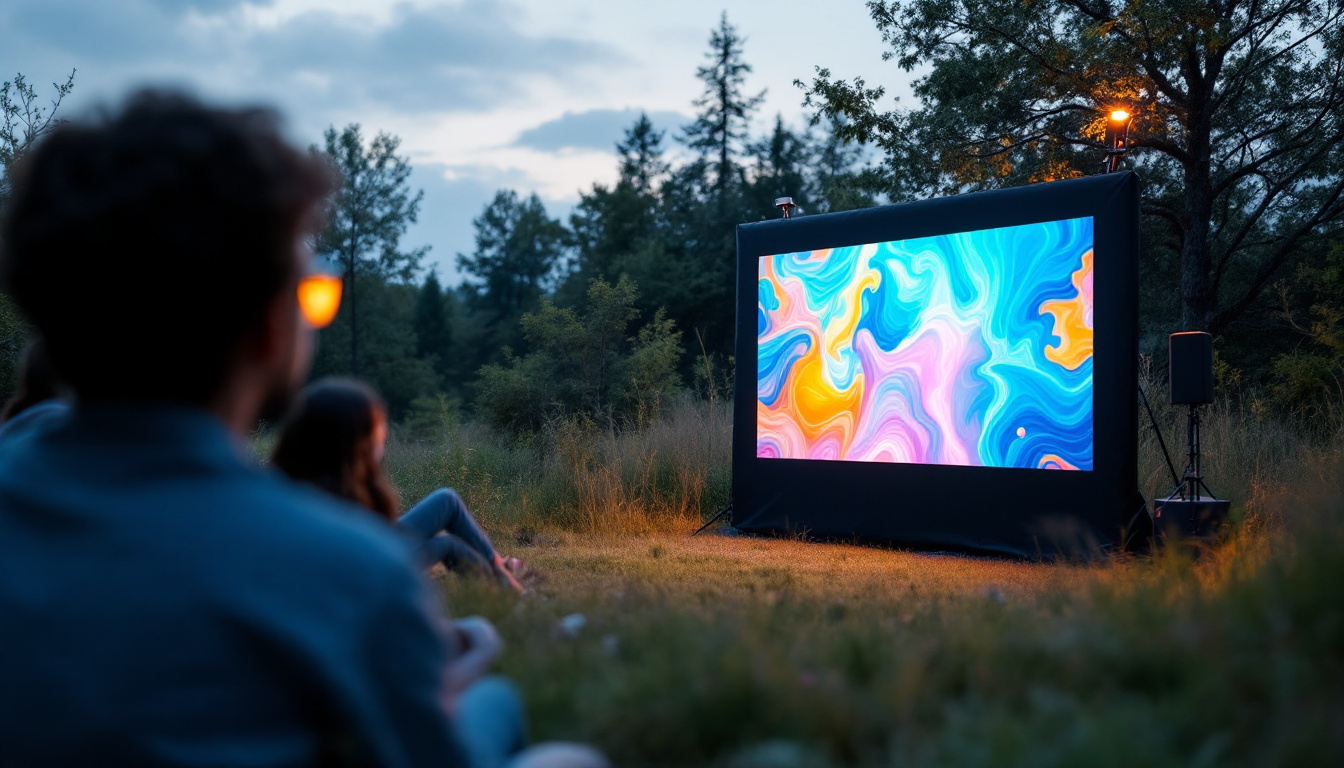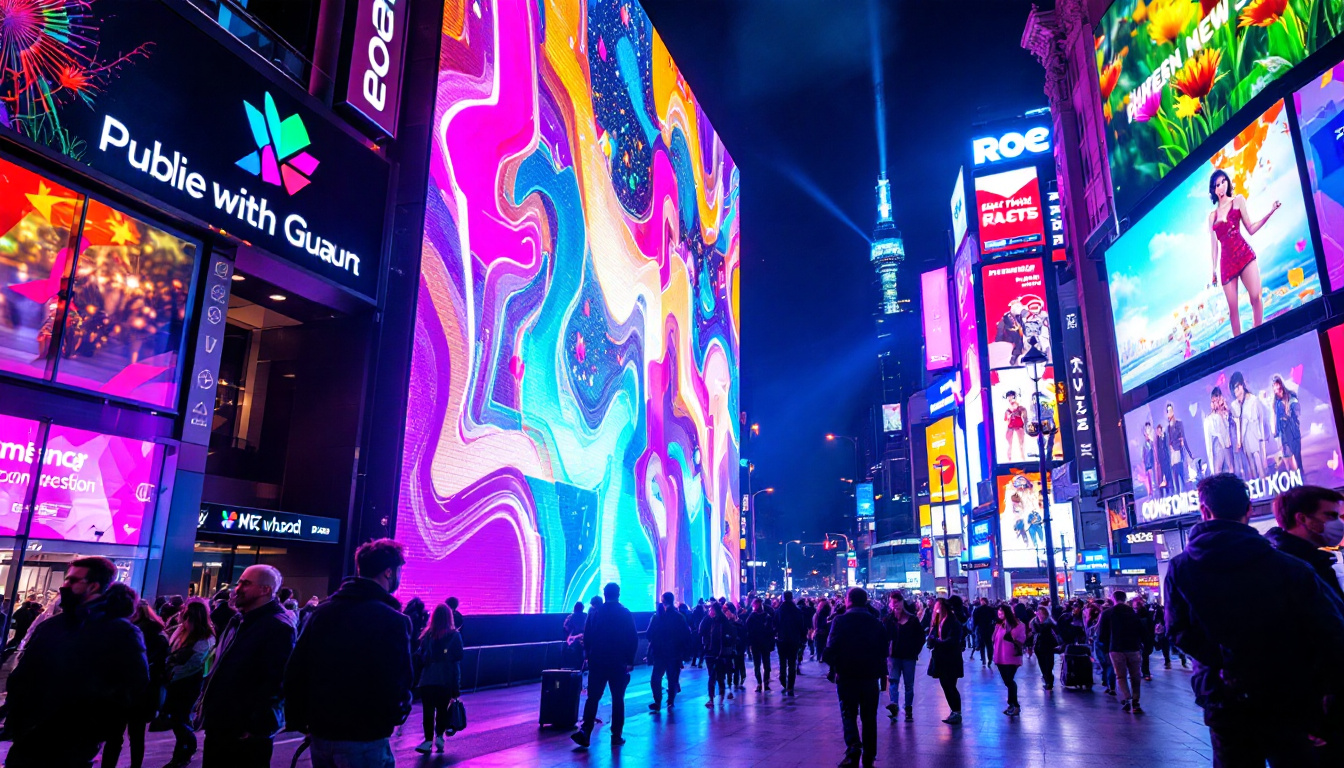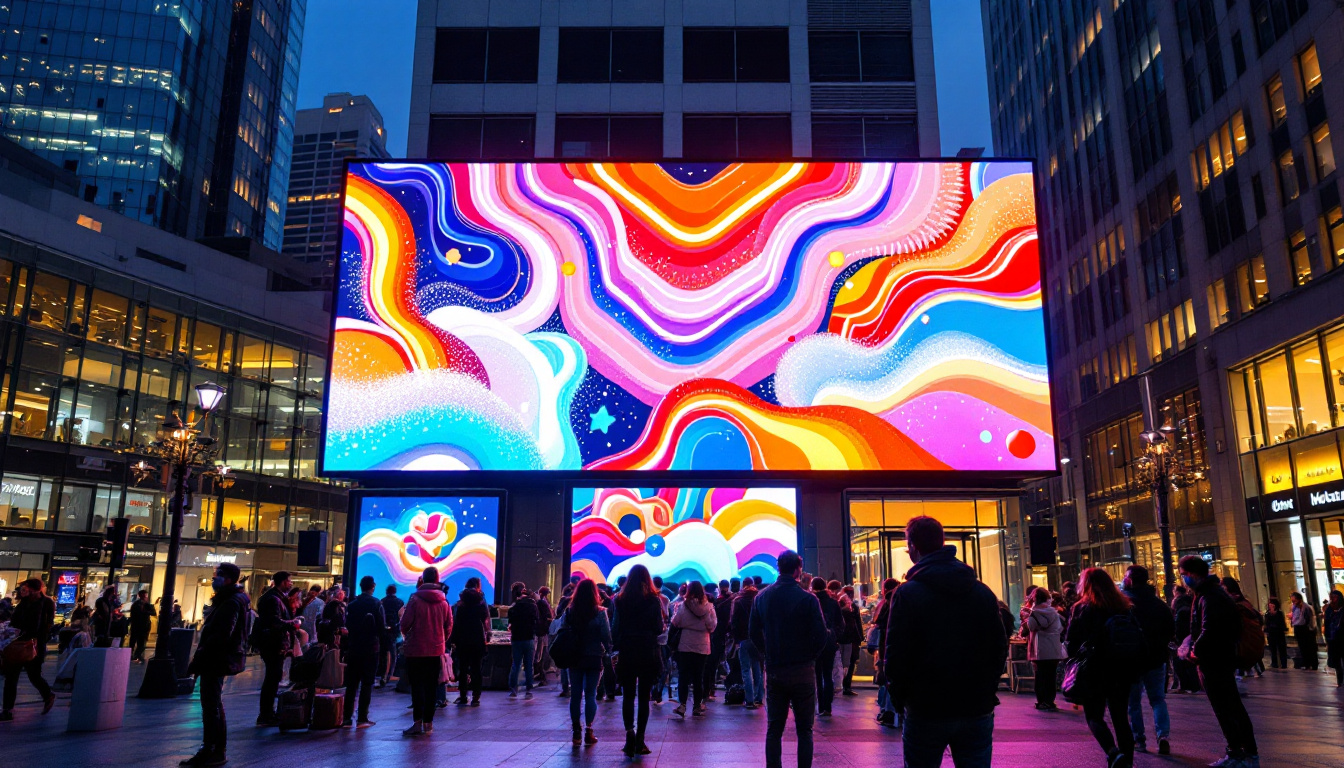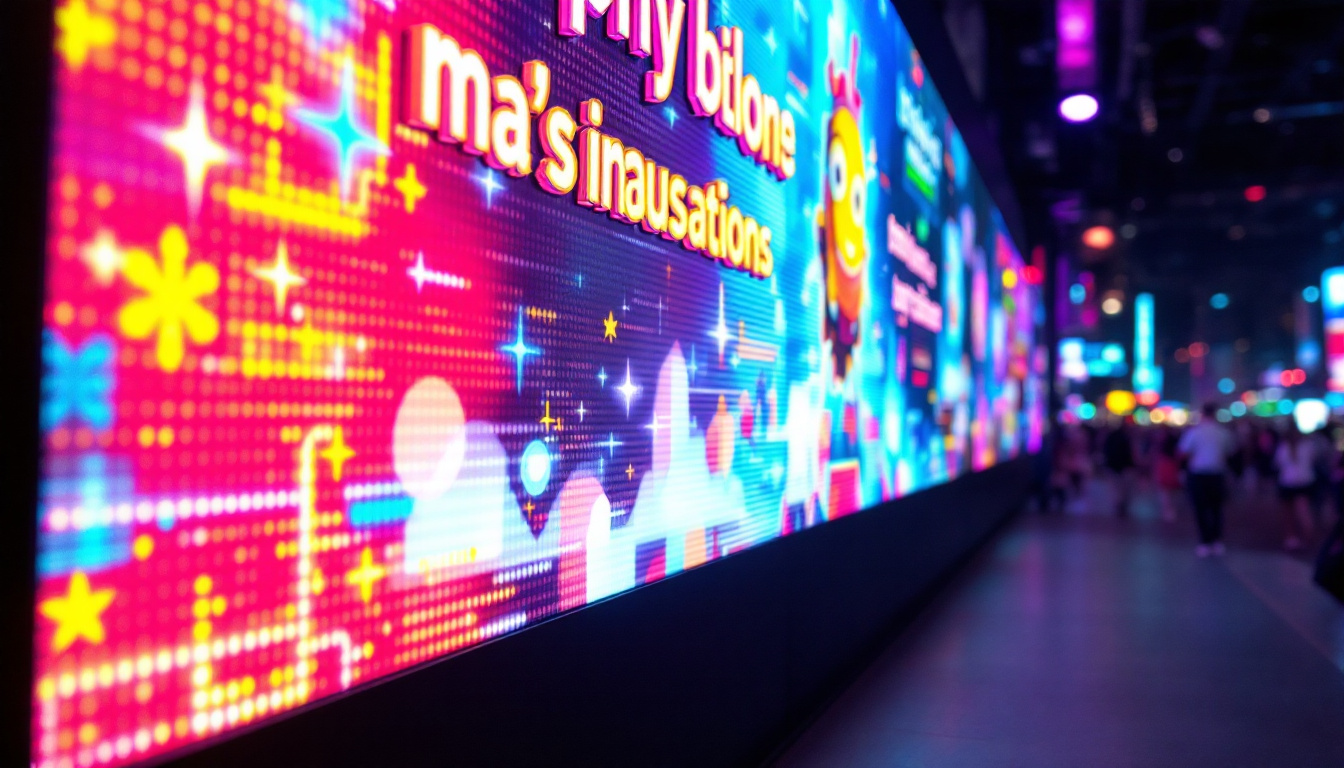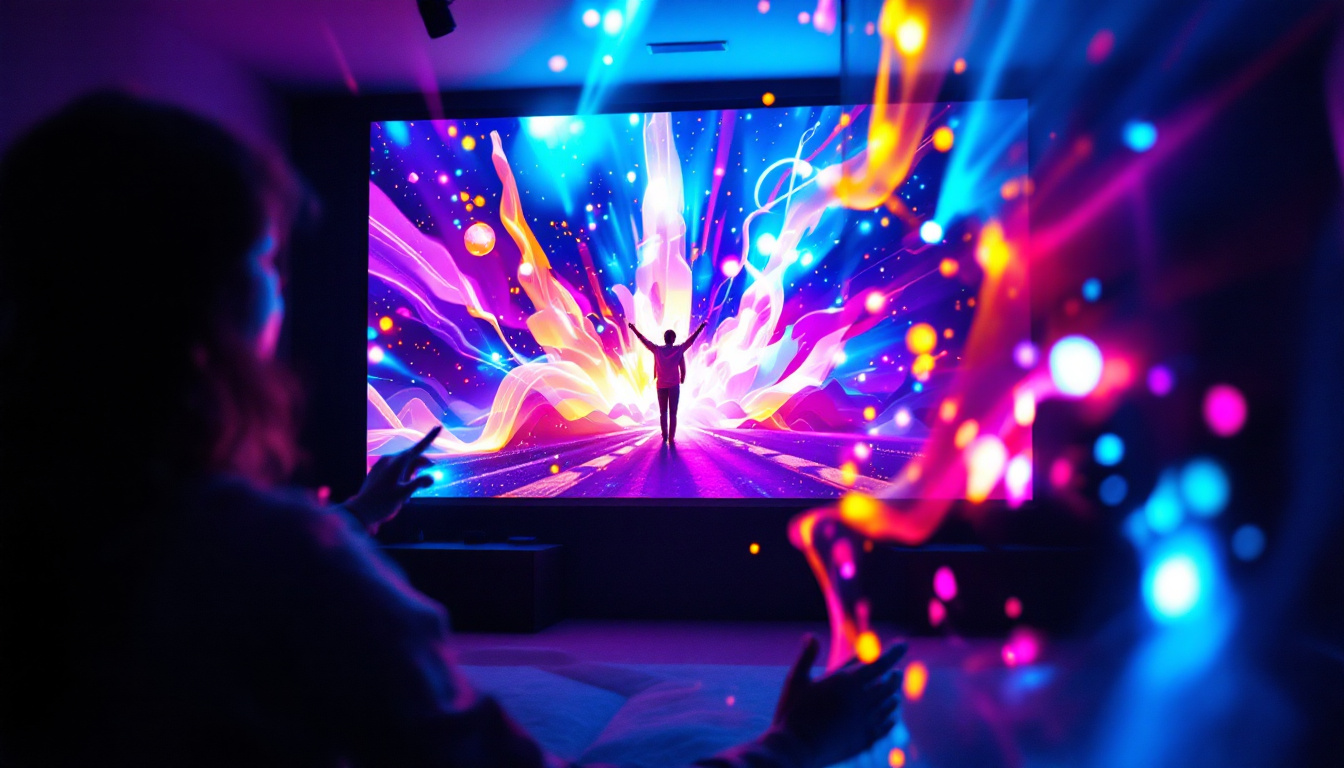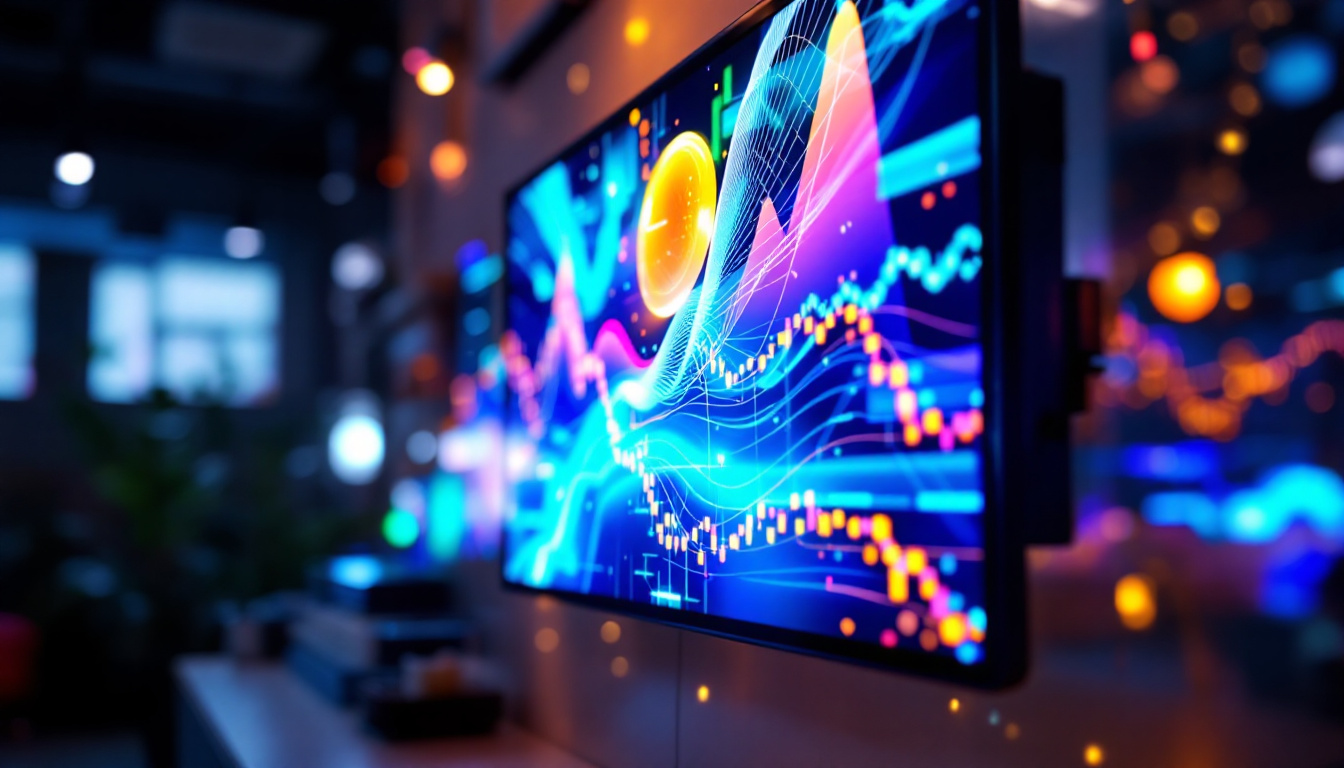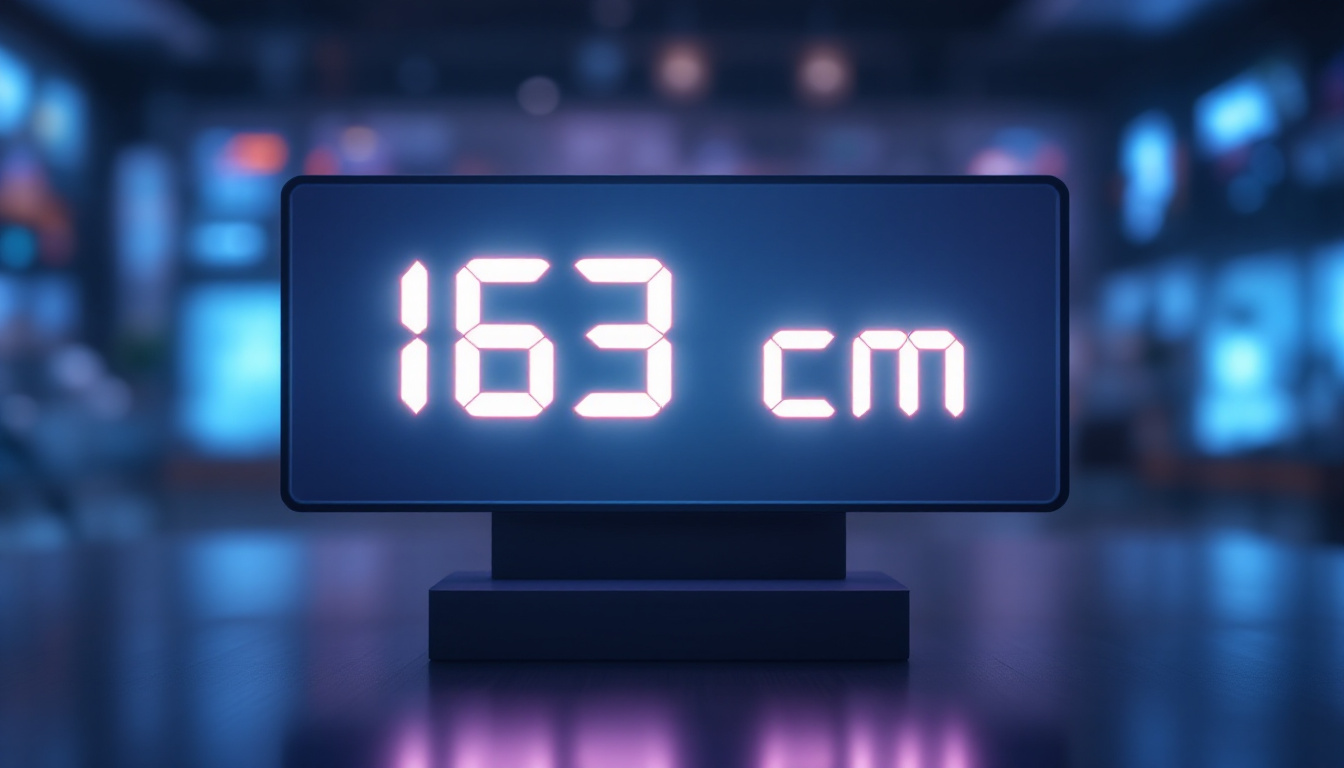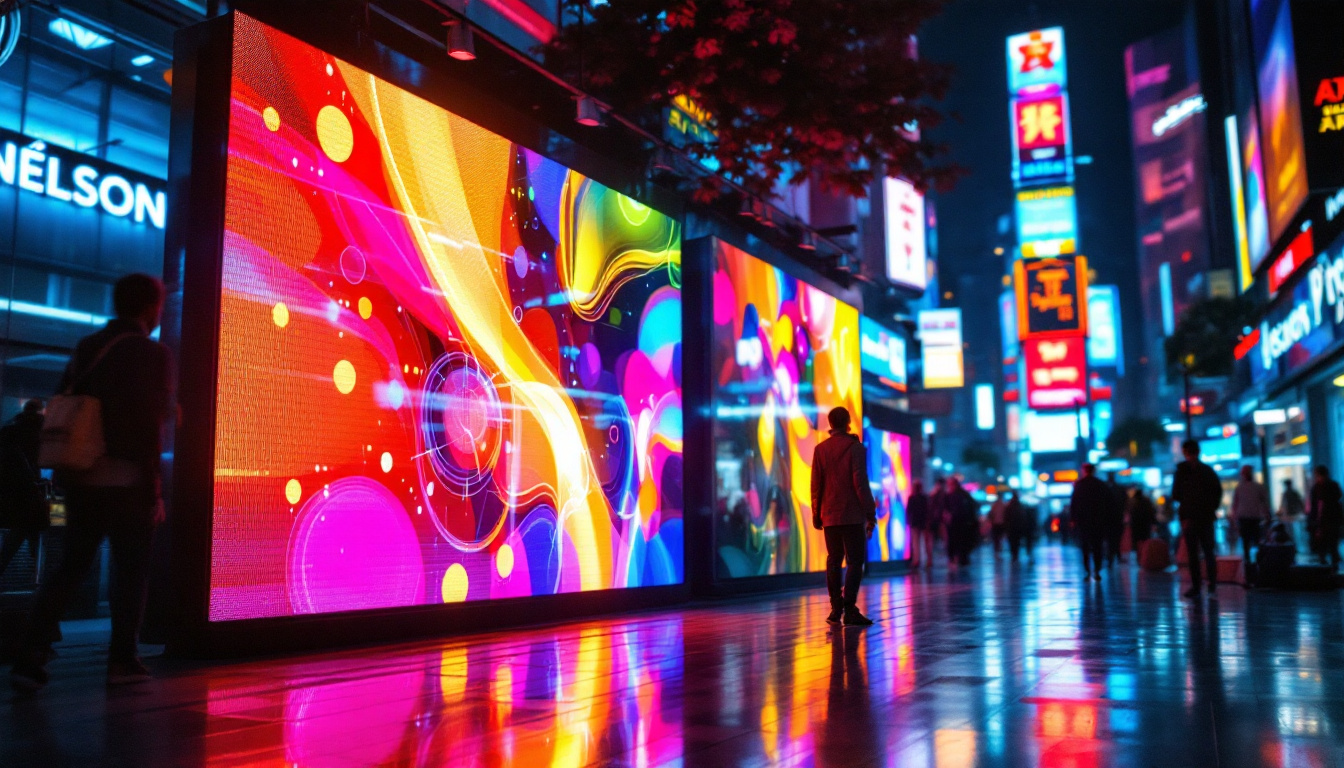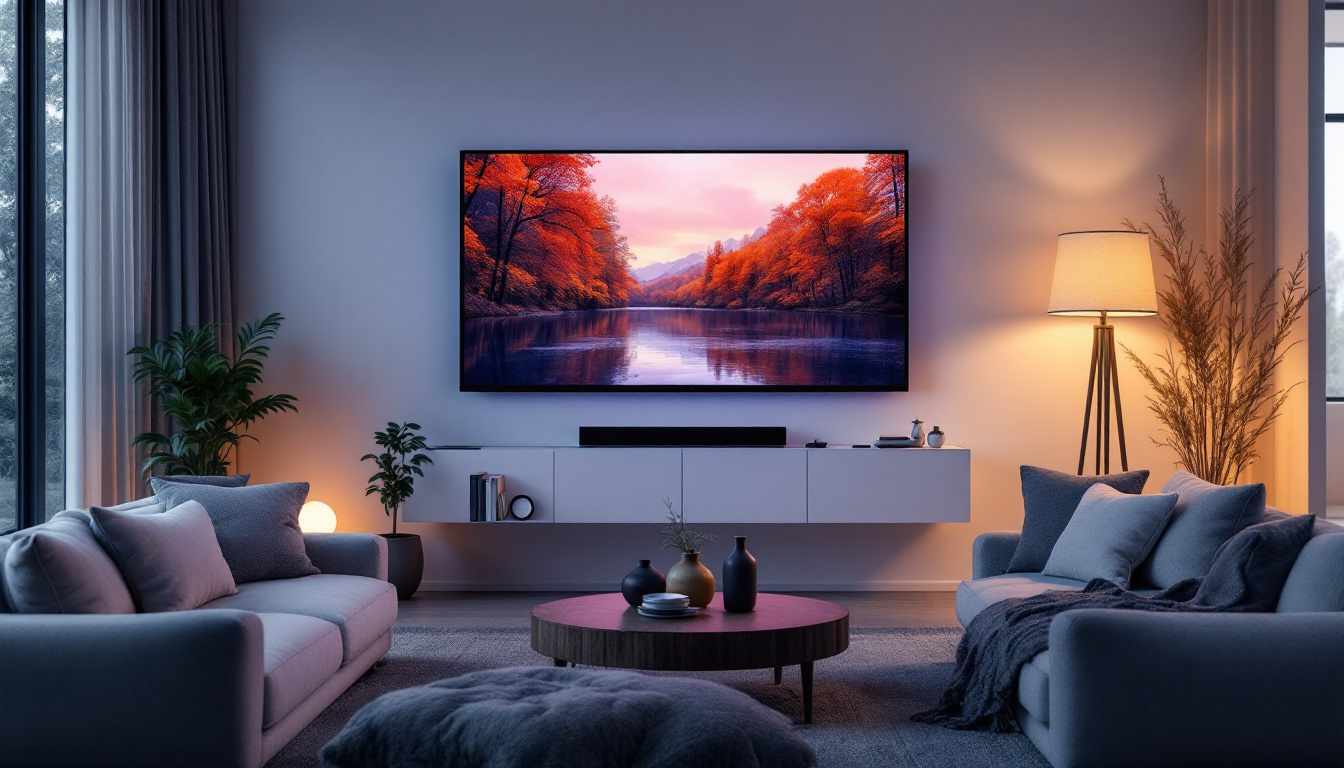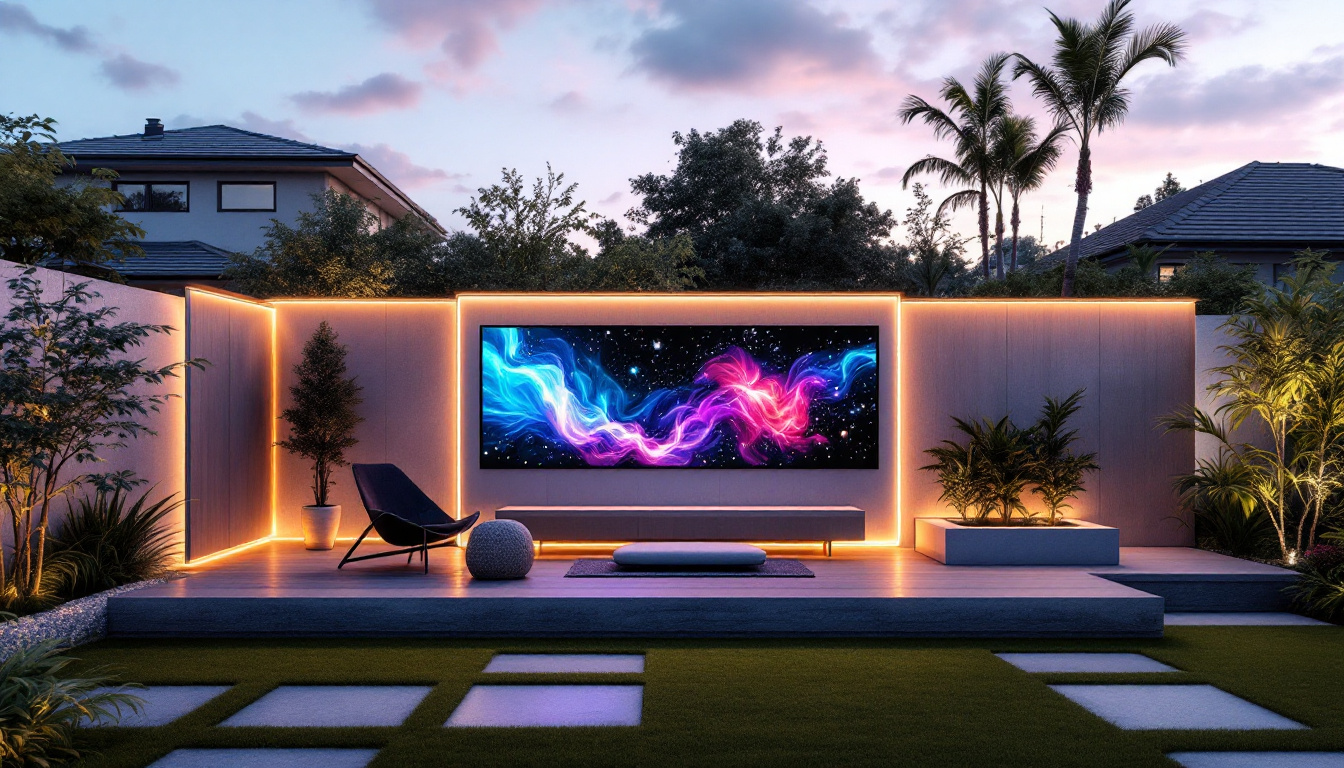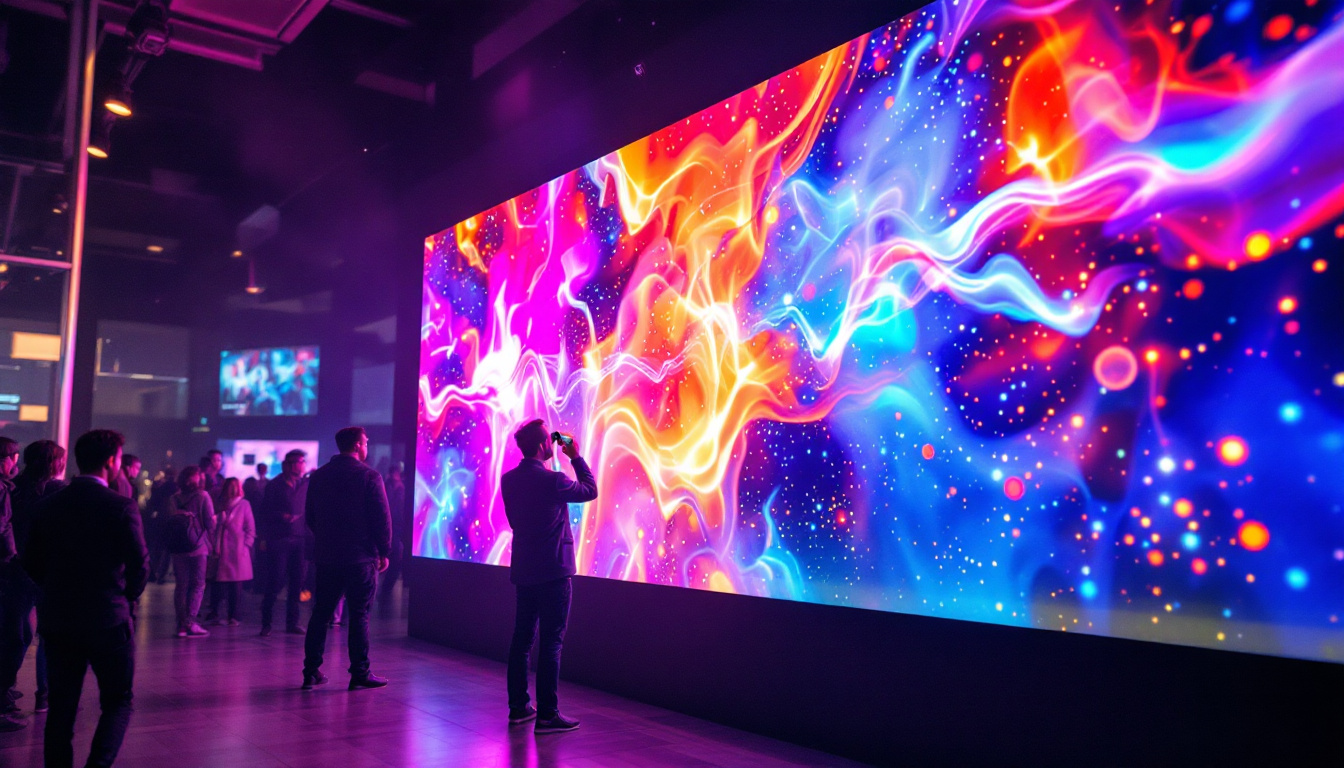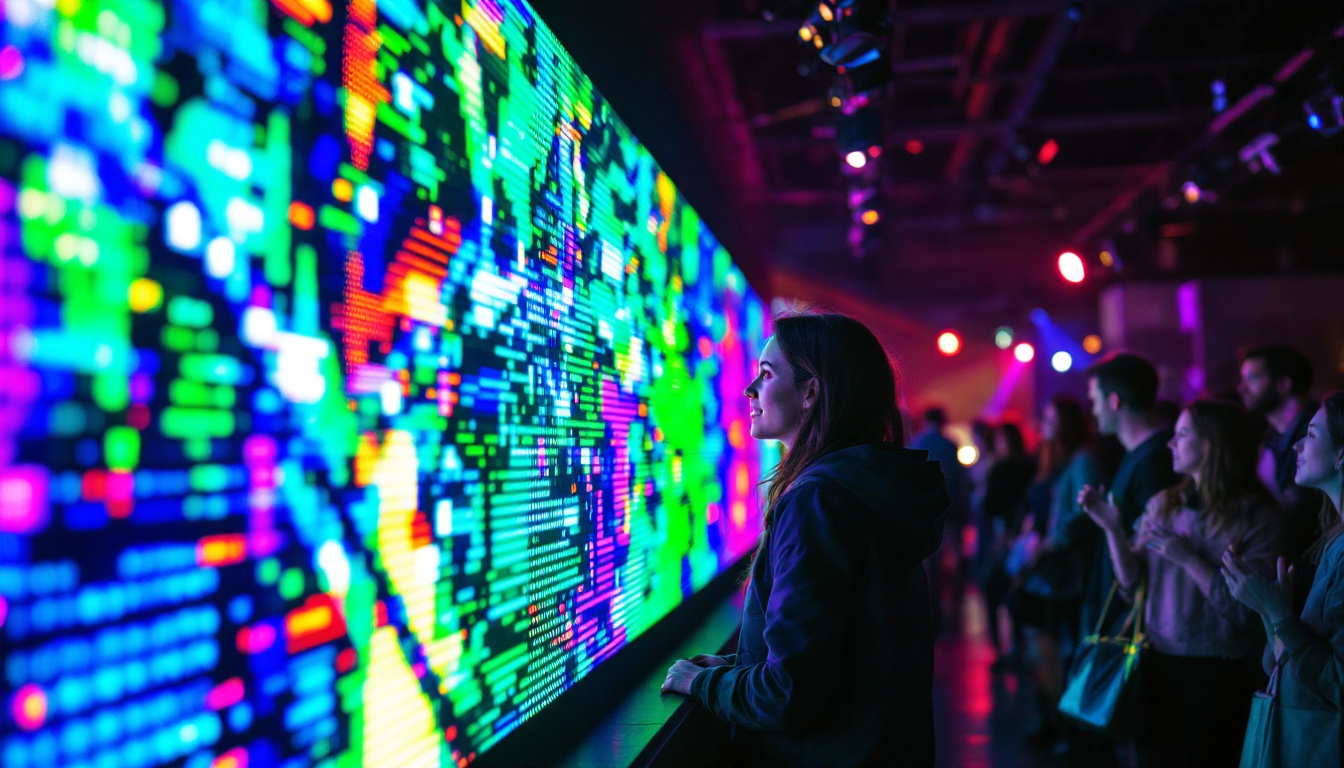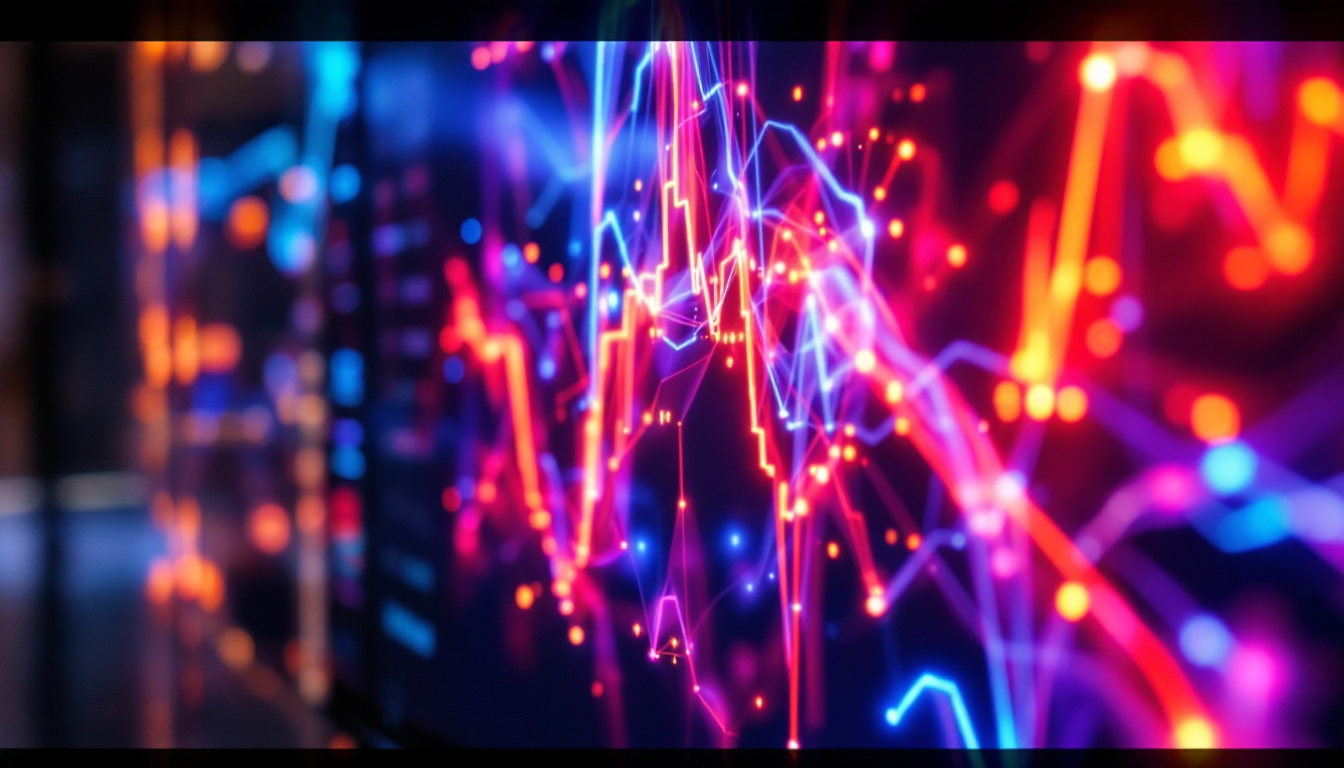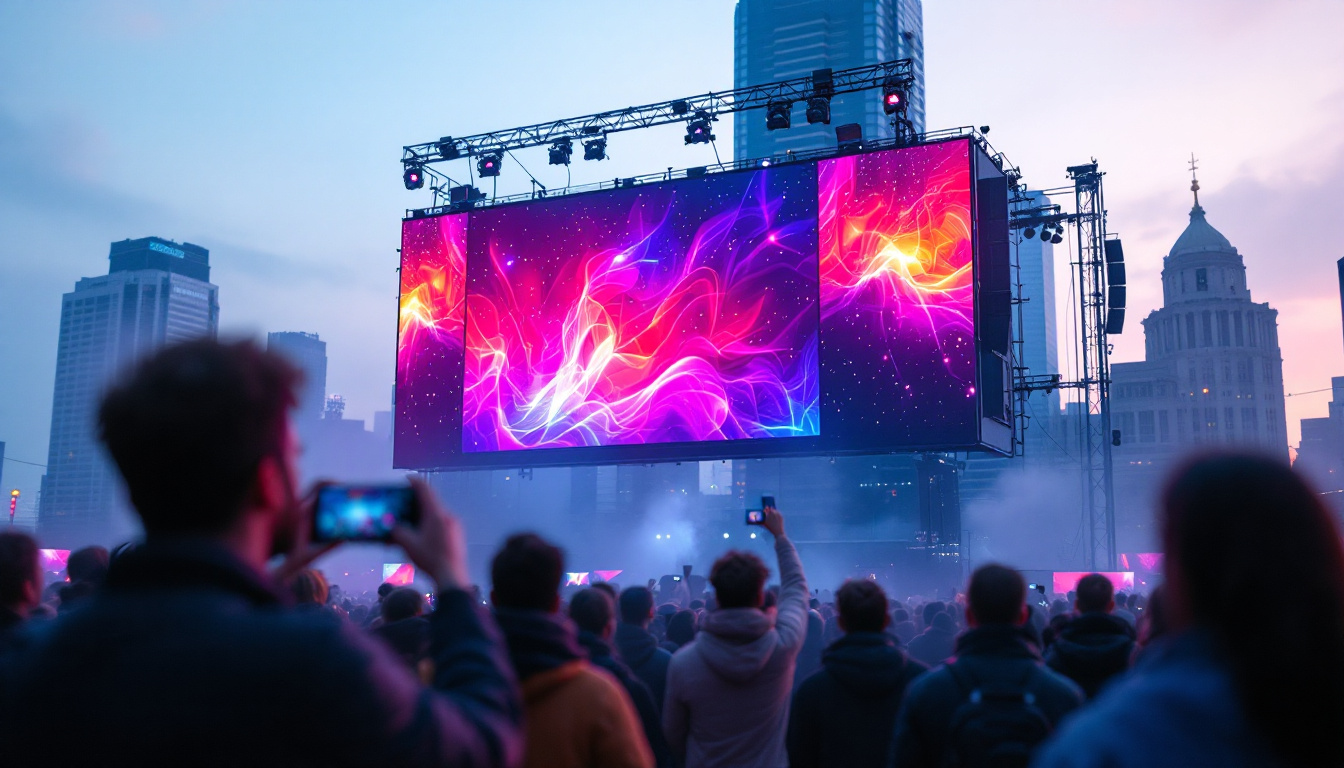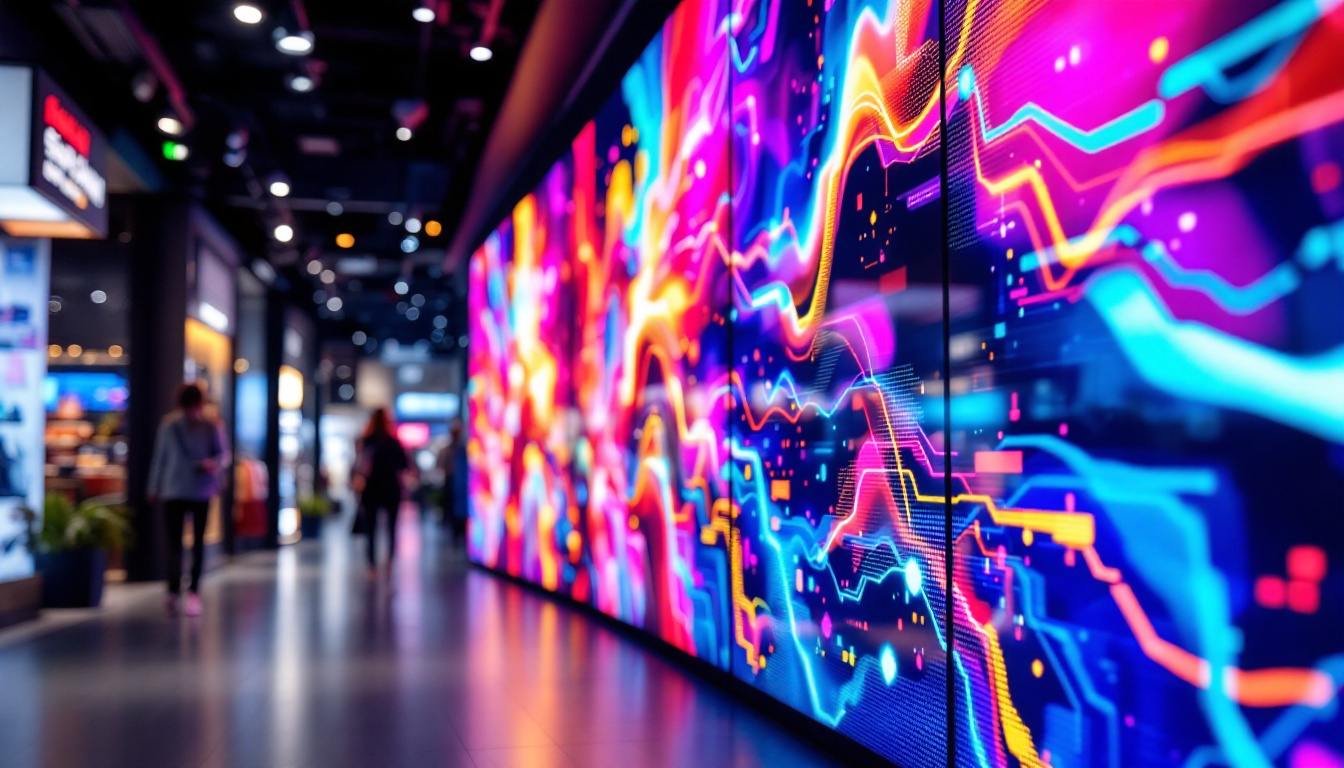In today’s fast-paced digital world, large monitor screens have become an essential tool for both personal and professional use. Whether in a corporate office, a home theater, or a gaming setup, the demand for high-quality displays continues to rise. One of the most popular technologies used in these screens is LED (Light Emitting Diode) display technology. This article delves into the intricacies of LED displays, exploring their benefits, types, and how they compare to other display technologies.
Understanding LED Technology
LED technology has revolutionized the way images and videos are displayed. Unlike traditional LCD screens that rely on fluorescent backlighting, LED displays use semiconductor diodes that emit light when an electric current passes through them. This fundamental difference not only enhances the brightness and contrast of the images but also contributes to energy efficiency. Furthermore, LED technology has enabled the development of thinner, lighter screens, paving the way for innovative designs in consumer electronics, from smartphones to large-scale digital signage.
How LED Displays Work
At the core of LED technology is the concept of electroluminescence. When a voltage is applied to the semiconductor material in an LED, it emits light. This process allows for more vibrant colors and deeper blacks compared to other display technologies. LED displays can be categorized into two main types: Edge-lit and Direct-lit. Additionally, advancements in LED technology have led to the emergence of OLED (Organic LED) displays, which utilize organic compounds to produce light and offer even greater contrast ratios and flexibility in screen design.
Edge-lit vs. Direct-lit LED Displays
Edge-lit LED displays feature LEDs positioned along the edges of the screen. This design allows for a thinner profile, making it an attractive option for wall-mounted displays. However, edge-lit displays may suffer from uneven brightness and less effective color representation in certain viewing angles. This can be particularly noticeable in larger screens, where the light may not distribute evenly across the entire display surface.
In contrast, Direct-lit LED displays have LEDs placed directly behind the screen. This arrangement provides more uniform brightness and better color accuracy, making it ideal for professional applications where image quality is paramount. Additionally, Direct-lit displays often incorporate local dimming technology, which allows certain areas of the screen to dim independently, enhancing the overall contrast and providing a more dynamic viewing experience. As a result, these displays are frequently favored in environments such as movie theaters and high-end home theaters, where visual fidelity is essential.
Advantages of LED Displays
LED displays offer numerous advantages over traditional display technologies. Their unique properties make them suitable for a wide range of applications, from home entertainment to professional presentations.
Energy Efficiency
One of the most significant benefits of LED displays is their energy efficiency. LED technology consumes significantly less power than traditional LCD or plasma displays. This not only reduces electricity costs but also contributes to a lower carbon footprint, making LED displays an environmentally friendly choice. Furthermore, many LED displays come with features such as automatic brightness adjustment, which optimizes power consumption based on ambient light conditions, further enhancing their energy-saving capabilities.
Brightness and Color Accuracy
LED displays are known for their exceptional brightness levels. This characteristic makes them suitable for various environments, including brightly lit rooms. Additionally, LED technology provides a wider color gamut, allowing for more vibrant and accurate color reproduction. This is particularly beneficial for graphic designers, photographers, and videographers who require precise color representation. The ability to display deep blacks and bright whites simultaneously also enhances contrast ratios, making images appear more lifelike and immersive, which is crucial for applications in gaming and cinematic experiences.
Longevity and Durability
LED displays are designed to last longer than traditional display technologies. With a lifespan that can exceed 50,000 hours, users can enjoy their screens for years without significant degradation in performance. Moreover, LED screens are less susceptible to burn-in, a common issue with older display technologies, ensuring that images remain sharp and clear over time. The robust construction of LED displays also makes them more resistant to physical shocks and vibrations, making them ideal for use in public spaces and outdoor settings where durability is essential. Additionally, advancements in LED technology have led to the development of flexible and transparent displays, opening up new possibilities for innovative designs and applications in architecture and advertising.
Applications of Large LED Displays
The versatility of LED displays makes them suitable for a wide range of applications. From entertainment to business, large LED monitors are increasingly being utilized in various fields.
Home Entertainment
In the realm of home entertainment, large LED displays provide an immersive viewing experience. Whether for movie nights or gaming sessions, the vibrant colors and high contrast ratios enhance the overall experience. Many modern LED TVs also come equipped with smart features, allowing users to stream content directly from the internet. Additionally, advancements in technology have led to features such as 4K resolution and HDR (High Dynamic Range), which further elevate the viewing experience by delivering stunning visuals that bring movies and games to life. With the rise of home theaters, many enthusiasts are investing in larger screens to replicate the cinematic experience, often integrating surround sound systems to complement the visual feast.
Corporate Use
In corporate settings, large LED displays are often used for presentations, video conferencing, and digital signage. Their ability to display high-resolution images and videos makes them ideal for conveying information effectively. Furthermore, the energy efficiency of LED technology aligns with corporate sustainability goals. Companies are increasingly utilizing these displays in lobbies and conference rooms to create dynamic environments that foster collaboration and innovation. Moreover, the integration of interactive features allows for more engaging presentations, enabling presenters to draw on the screen and highlight key points in real-time. This interactivity not only captivates the audience but also enhances retention of information, making meetings more productive.
Public Displays and Advertising
Large LED displays are commonly found in public spaces, such as shopping malls, airports, and stadiums. These displays are used for advertising and information dissemination, capturing the attention of passersby with their bright and dynamic visuals. The ability to update content in real-time makes LED displays a powerful tool for marketers. In addition to traditional advertising, many organizations are now leveraging these displays for social media integration, showcasing live feeds and user-generated content that fosters community engagement. Events such as concerts and sports games also utilize LED screens to enhance the audience experience, providing close-up views of action and instant replays, ensuring that every attendee feels connected to the event, regardless of their seating position. This multifaceted use of LED technology not only increases brand visibility but also enriches the overall atmosphere of public gatherings.
Comparing LED Displays with Other Technologies
While LED displays offer numerous advantages, it is essential to compare them with other display technologies to understand their unique position in the market. The two primary competitors are LCD and OLED displays.
LED vs. LCD
LCD (Liquid Crystal Display) technology has been a staple in the display market for years. While both LED and LCD screens can produce high-quality images, LED displays generally outperform LCDs in terms of brightness, color accuracy, and energy efficiency. However, LCDs may still be preferred in specific applications where cost is a significant factor.
LED vs. OLED
OLED (Organic Light Emitting Diode) technology is another competitor in the display market. OLED displays offer superior contrast ratios and deeper blacks since each pixel emits its own light. However, they tend to be more expensive than LED displays. For users seeking the best possible picture quality and are willing to invest more, OLED may be the better choice.
Future Trends in LED Display Technology
The landscape of LED display technology is continually evolving. As demand for larger and more advanced screens grows, several trends are emerging that are likely to shape the future of LED displays.
MicroLED Technology
MicroLED is an innovative technology that uses tiny, individual LED pixels to create images. This approach offers several advantages, including improved brightness, color accuracy, and flexibility in screen size and shape. MicroLED displays are expected to become more prevalent in the coming years, particularly in high-end applications.
Flexible and Transparent Displays
Another exciting trend is the development of flexible and transparent LED displays. These screens can be bent or shaped to fit various applications, from curved televisions to innovative advertising solutions. Transparent displays are particularly intriguing for retail environments, allowing products to be showcased while still displaying dynamic content.
Integration with Smart Technology
The integration of LED displays with smart technology is also on the rise. As the Internet of Things (IoT) continues to expand, LED displays are becoming more interconnected, allowing for seamless control and automation. This trend is likely to enhance user experience, making displays more interactive and responsive to user needs.
Conclusion
Large monitor screens utilizing LED display technology have transformed how people interact with digital content. With their energy efficiency, superior brightness, and vibrant color accuracy, LED displays are well-suited for a variety of applications, from home entertainment to corporate environments. As technology continues to advance, the future of LED displays looks promising, with innovations such as MicroLED and flexible screens on the horizon.
Understanding the nuances of LED technology and its advantages can help consumers make informed decisions when selecting displays that best meet their needs. Whether for personal enjoyment or professional use, LED displays are undoubtedly a significant player in the ever-evolving world of visual technology.
Discover LumenMatrix’s Advanced LED Display Solutions
Ready to elevate your visual experience with the latest in LED display technology? LumenMatrix is at the forefront of innovation, offering a diverse range of LED display solutions that cater to every need. From captivating Indoor and Outdoor LED Wall Displays to dynamic Vehicle and Sports LED Displays, our products are designed to make your brand stand out. Immerse yourself in the future of digital signage with our All-in-One LED Displays, LED Transparent Displays, and more. Each solution is crafted to deliver unparalleled engagement and crystal-clear messaging. Check out LumenMatrix LED Display Solutions today and transform your visual communication into an unforgettable experience.

